Australia's Fortescue sets sights on becoming world's first supplier of green iron ore
FFI spent $122 million last year and expects to spend between $400 million and $600 million in the year to June 2022
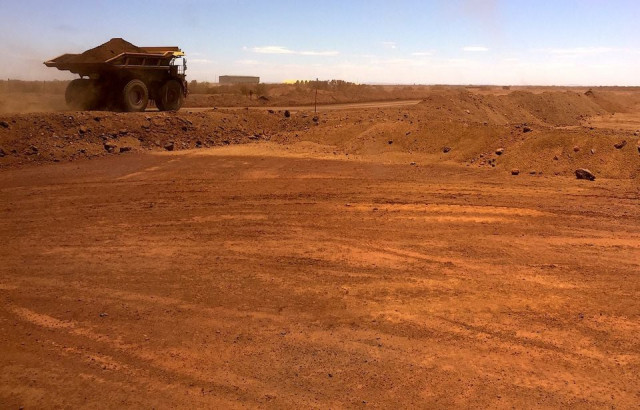
Australia's Fortescue Metals Group plans to soon announce targets it has set itself for reducing emissions from customers, declaring it will become the first major supplier of green iron ore.
The world's No.4 iron ore producer is pursuing some of the most ambitious green plans in the industry with its efforts to diversify into renewable energy and green hydrogen through its unit Fortescue Future Industries (FFI).
"The really big steps for the creation of steel delivered to customers to be decarbonised has to be first the big one - create green iron ore," Andrew Forrest, Fortescue's founder and chairman told a briefing after the company reported record earnings.
He said the targets would be unveiled next month and that the company had held off on announcing goals until it had been confident it could execute them successfully.
FFI spent $122 million last year and expects to spend between $400 million and $600 million in the year to June 2022, working on developing green trains, trucks and shipping and decarbonisation technologies.
Forrest said the allocation of 10% of Fortescue's net profit to FFI would be more than enough to meet the company's targets - which include achieving net zero emissions at its operations and supplying 15 million tonnes a year of green hydrogen by 2030.
That 2030 timeline is a much faster one than bigger rivals BHP Group and Rio Tinto, which both aim to reach net zero emissions at their operations by 2050. read more
"There is a queue of investors globally - debt, equity, and other - which are ready to invest alongside a corporation of Fortescue's reputation," Forrest said
Read More: Depletion of greenery leaves city sweltering
The company will need around 2 gigawatts of electrolyser capacity, which would use renewable energy to split water to produce green hydrogen, to meet its target of 15 million tonnes a year of hydrogen.
By comparison, other big projects set to be built in Australia aim to have 10 megawatt electrolysers, or 0.5% of the capacity FFI aims to have by 2030.
Underscoring the ambition of Fortescue's plans, China's Sinopec Corp said on Monday it aims to produce more than 1 million tonnes of green hydrogen from renewable energy sources between 2021 and 2025.


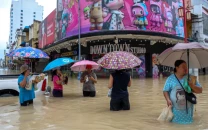
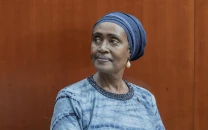
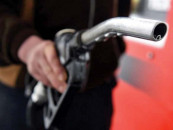
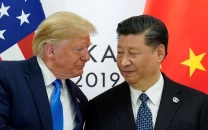




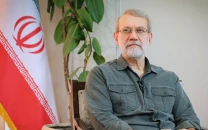

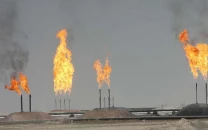






COMMENTS
Comments are moderated and generally will be posted if they are on-topic and not abusive.
For more information, please see our Comments FAQ